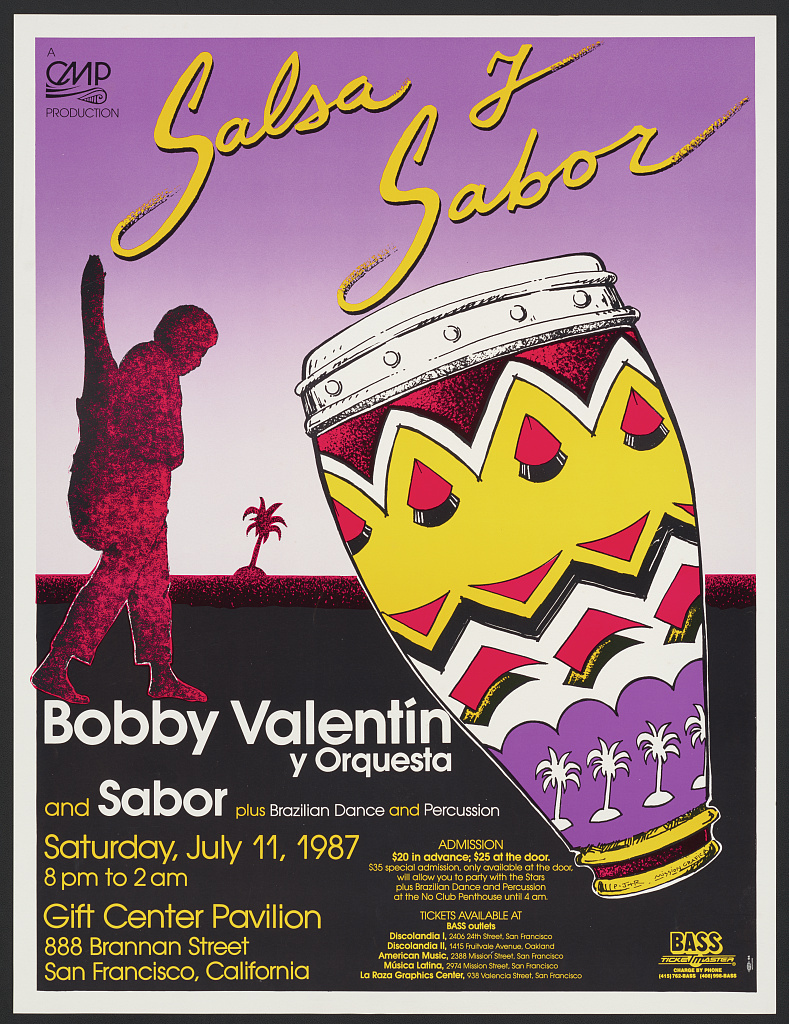A Biased View of Dance Fridays
Wiki Article
Rumored Buzz on Dance Fridays
Table of ContentsGetting The Dance Fridays To WorkDance Fridays Fundamentals ExplainedMore About Dance FridaysDance Fridays for DummiesDance Fridays Can Be Fun For AnyoneThe Buzz on Dance FridaysThe Only Guide to Dance Fridays
The major distinction that differentiates the Miami-style from other North American designs is the "Atras" or "Diagonal", back damaging actions performed in reverse diagonally rather of moving forwards and in reverse as seen in the New york city style. Professional dancers do not move their body weight greatly as seen in various other styles. Instead, dancers keep their upper body still, poised and unwinded, focusing on foot activity.A significant difference between Cali Style and Miami-style is the latter is specifically danced on the downbeat (On1) and has aspects of shines and show-style included to it, adhering to collections of North American designs. Miami-style has several adherents, particularly Cuban-Americans and various other Latinos based in South Florida.
Several of the moves include quickly exchanging companions. "Rueda de Cuba" is original kind of Rueda, originating from Cuba. It is not as formal as Rueda de Miami and includes concerning 30 phone calls. [] It was codified in the 1970s. [] "Rueda de Miami" come from the 1980s from Miami, is an official design with many guidelines based on a mix, and is a hybridization of Rueda de Cuba & North American dancing designs, with some routines showing American culture (e.
All about Dance Fridays
Coca-Cola, Dedo, Adios) which is not found in the standard Cuban-style Rueda. Cali-Style Salsa, likewise understood as Colombian Salsa and Salsa Calea, is based around the Colombian City of Cali. Cali is additionally referred to as the "Capital de la Salsa" (Salsa's Capital); due to salsa music being the primary category in celebrations, bars and events in the 21st century.
Some Known Questions About Dance Fridays.
They consist of different acrobats such as partnered flips to delight with these jaw going down stunts. Their footwork is elaborate and precise, helping numerous Colombian Style professional dancers win major globe champions. Cali hosts many yearly salsa events such as the World Salsa Cali Event and the Encuentro de Melomanos y Coleccionistas.Researchers in the natural sciences examined the mathematics of salsa dance actions. In the social scientific researches, researchers have studied salsa dancing to comprehend, for instance exactly how the Latino identity is linked to salsa dancing.
and, researchers have actually likewise utilized salsa dance to visit this page research the ephemerality of social groups. Salsa music the songs to which salsa is danced Mambo a dance style which greatly affected salsa dance Palladium Ballroom a New york city City venue that assisted promote Latin songs and dance during the 1940s and 1950s Dance a ballroom dancing that heavily affected salsa Globe Salsa Championships a checklist of global competitions for salsa dancing Cuban salsa a prominent type of salsa dance from Cuba Boggs, Vernon (1992 ).
The Main Principles Of Dance Fridays
ISBN0-313-28468-7. OCLC24908952. Hutchinson, Sydney (2004 ). " Mambo on 2: The birth of a new form of dancing in New york city City" (PDF). Centro Journal. 16: 108137. ISSN1538-6279. " What Is Salsa (Dance)?" (https://hearthis.at/salsacrazysf1/set/dance-fridays/). 2023-03-13. Fetched 2023-05-26. Young, Takeshi (26 June 2023). " Latin Dance". Salsa Vida. Retrieved 5 October 2023. " Creating salsa".Salsa Vida. 26 June 2023. Obtained 5 October 2023.

Some Ideas on Dance Fridays You Need To Know
" Most Popular Types of Salsa Dancing - The Modern Dancer". 2020-04-15. Recovered 2022-09-27. " Salsa or Bachata, Which is Easier to Find out?". Lobbyists Salsa & Bachata Dance Academy. Obtained November 9, 2023. Mc, Keys, Juliet (2015 ). Spinning Mambo Into Salsa. Oxford College Press. ISBN 9780199324644. Amanda Rosa. " Longtime dancing teacher talks salsa, both 'Cuban design' and 'Miami design'".Recovered 2019-06-26. Waxer, Lise Aerinne (2002 ). The city of musical memory: salsa, record grooves, and pop culture in Cali, Colombia. Music/culture. Middletown, Conn: Wesleyan College Press. ISBN 978-0-8195-6441-2. " Colombian Style Salsa". Salsa Vida SF. Recovered 27 July 2020. von Renesse, Christine; Ecke, Volker (2011-03-01). " Mathematics and Salsa dancing". Journal of Maths and the Arts.
doi:10. 1080/17513472. 2010.491781. ISSN 1751-3472. S2CID 120939987. Dormani, Carmela Muzio (2020-07-07). " So You Believe You Can Salsa: Performing Latinness on Fact Dancing Tv". The Journal of Pop Culture. 53 (3 ): 720738. doi:10. 1111/jpcu. 12929. ISSN 0022-3840. S2CID 225829802. Hewer, Paul; Hamilton, Kathy (2010-03-29). " On emotions and salsa: some ideas on dance to reconsider consumers".
The Ultimate Guide To Dance Fridays

54 (5 ): 9991024. doi:10 - salsa dancing club san francisco. 1108/EJM -08 -2018 -0565. ISSN0309-0566. S2CID216399732.
Something failed. Wait a moment and try once more Attempt once again.
The Buzz on Dance Fridays
We're talking concerning the dancing, not the tasty South American condiment. The beginnings of words "Salsa" as the name of a dancing has actually been a source of discussion for decades. The most preferred (and possibly approved) concept is that Cuban and Puerto Rican musicians in New york city coined the expression in New York in the 1970's, to describe the spicy blend of songs they were creating out of the rhythms and concepts of Cuban child montuno, guaracha, chachacha, mambo and bolero.Report this wiki page